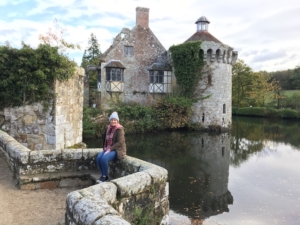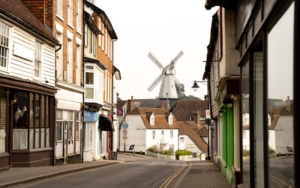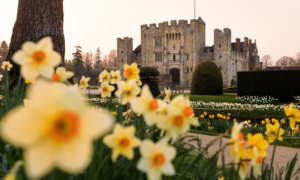Planning a trip to Kent (just south of London) in the United Kingdom? You might be surprised to learn that Tunbridge Wells and its surrounding area has fascinating links to the shaping of America. From the Founding Fathers to champions of liberty, Tunbridge Wells boasts a rich connection to the American story, waiting to be explored by curious visitors.
Champions of “No Taxation Without Representation”

Step back in time and meet Charles Pratt, 1st Earl Camden (1714-94). This legal powerhouse and close friend of Prime Minister William Pitt the Elder was a vocal advocate for the American colonies. His famous 1765 speech in the House of Lords championed the principle of “no taxation without representation,” a cornerstone of the American fight for independence, a phrase that originated from an American report on his speech!
Let’s deep dive into Charles’ fascinating history and local connections. He pursued a legal career and was a staunch champion of civil liberties. Charles became a popular hero as a result of his defence of the radical journalist and MP John Wilkes who was charged with seditious libel for attacking the Government and the King. He served in the Cabinet for fifteen years becoming Lord Chancellor from 1766 to 1770.
Charles Pratt was an outspoken supporter of the rights of Britain’s American colonies. Shortly after taking his seat in the House of Lords in 1765, he made a famous speech on the principle of ‘no taxation without representation’ (the phrase originated as the headline to an American report of his speech). Early in 1775, with open rebellion breaking out in America, he spoke out in favour of reconciliation and predicted that a policy of repression would not be successful. This latter speech is thought to have been drafted in consultation with Benjamin Franklin. Several places in the United States are named after Charles Pratt/the Camden Family.
Today, you can see his portrait and that of his children and other family members displayed at the Amelia Scott in the Georgian Spa Room on the 1st floor. Camden Park and Camden Road in Royal Tunbridge Wells are named after the family, who were involved in the third phase of the development of the town in the 1850s – although it would have been his grandson who was actually responsible. The old Friendly Societies Hall, now a snooker club, in Camden Road has the family’s heraldic elephant emblems beside the entrance.


In addition, Bayham Abbey Estate belonged to his father, Lord Chief Justice Sir John Pratt, and his son John Jeffrey Pratt eventually inherited it and came to live there. You can visit the impressive ruins, built from golden local sandstone, which include much of the 13th to 15th Century church, the chapter house, and a picturesque 14th Century gatehouse. Bayham Abbey is now set in grounds designed by the famous landscape gardener Humphry Repton.
A Town that Inspired Revolutionary Minds
While soaking in the healing waters of Royal Tunbridge Wells, John Locke (1632-1707), a celebrated philosopher, found inspiration. Locke’s ideas on liberty heavily influenced the American colonists, and Thomas Jefferson himself placed him alongside figures like Algernon Sidney as key inspirations for the Declaration of Independence.
He was cited by Charles Pratt in his famous speech as an authority for the principle of ‘no taxation without representation’. Thomas Jefferson put John Locke and Algernon Sidney of Penshurst alongside Aristotle and Cicero as pioneers of the ideals behind the Declaration of Independence. John Locke was one of the many celebrities who visited Royal Tunbridge Wells in its heyday as a spa resort; while in the town, he subscribed to the fund-raising effort to build the Church of King Charles the Martyr.
Today, the original subscription lists are on display in the King Charles’ Church. You can visit the church which is open most days or attend one of their concerts.

The Penns and the Birth of Pennsylvania
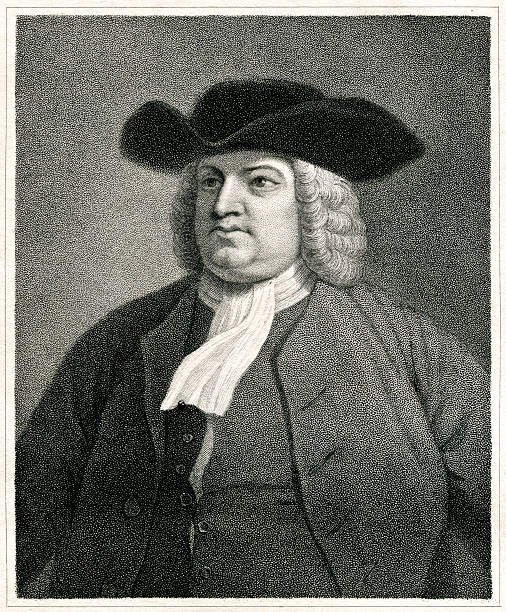
William Penn (1644-1718), founder of Pennsylvania, has a surprising connection to Tunbridge Wells. His wife’s family estate, Penns in the Rocks, lies nearby. This beautiful estate, with its impressive sandstone outcrops (which feature heavily around Tunbridge Wells), offers a glimpse into the life of this influential figure.
William Penn was an associate of Algernon Sidney, who helped frame the constitution for Pennsylvania, which provided a prototype for the later US Constitution. He was an early advocate for a political union of the American colonies and also proposed a political union of the countries of Europe. The house now known as Penns in the Rocks, near Groombridge, was built for him and his wife Gulielma Springett about 1700. The surrounding estate – with the notable sandstone outcrops from which the house gets its name – belonged originally to Gulielma’s family who were involved with the Wealden iron industry. Although it seems they never actually lived there, subsequent generations did – up to William’s grandson William Penn IV.
Penns in the Rocks is in East Sussex just outside Royal Tunbridge Wells, but it was part of the old Georgian tourist trail centred on the town. Today, a public footpath runs through the estate, passing by the rocks and an ornamental lake with a mock classical temple, and the gardens of the house are occasionally open to the public for the National Open Gardens Scheme.

Penshurst Place: A Haven for a Revolutionary

Just a short trip from Royal Tunbridge Wells lies Penshurst Place & Gardens, the historic home of Algernon Sidney (1623-83). This radical thinker and friend of William Penn played a crucial role in shaping Pennsylvania’s constitution, a document that laid the groundwork for the US Constitution. Deemed a martyr for his political beliefs, Sidney’s legacy as a champion of liberty continues to resonate.
Algernon was living abroad during the early years after Charles II’s manor restoration, but he was eventually allowed to return and live at Penshurst. He remained an object of suspicion for his political views and was finally tried and executed for treason. Subsequently, he was regarded as a martyr for political liberty, and was celebrated as such in local guidebooks for Georgian tourists. Algernon Sidney helped his friend William Penn to frame the constitution of Pennsylvania and was named by Thomas Jefferson as one of the main inspirations for the Declaration of Independence.
Today, you can visit Penshurst Place & Gardens. Part of the historic home is restored, and you can explore the beautifully manicured gardens as well as the wider estate with tranquil countryside walks. Algernon Sidney is buried in the family chapel at Penshurst Church, adjacent to Penshurst Place.
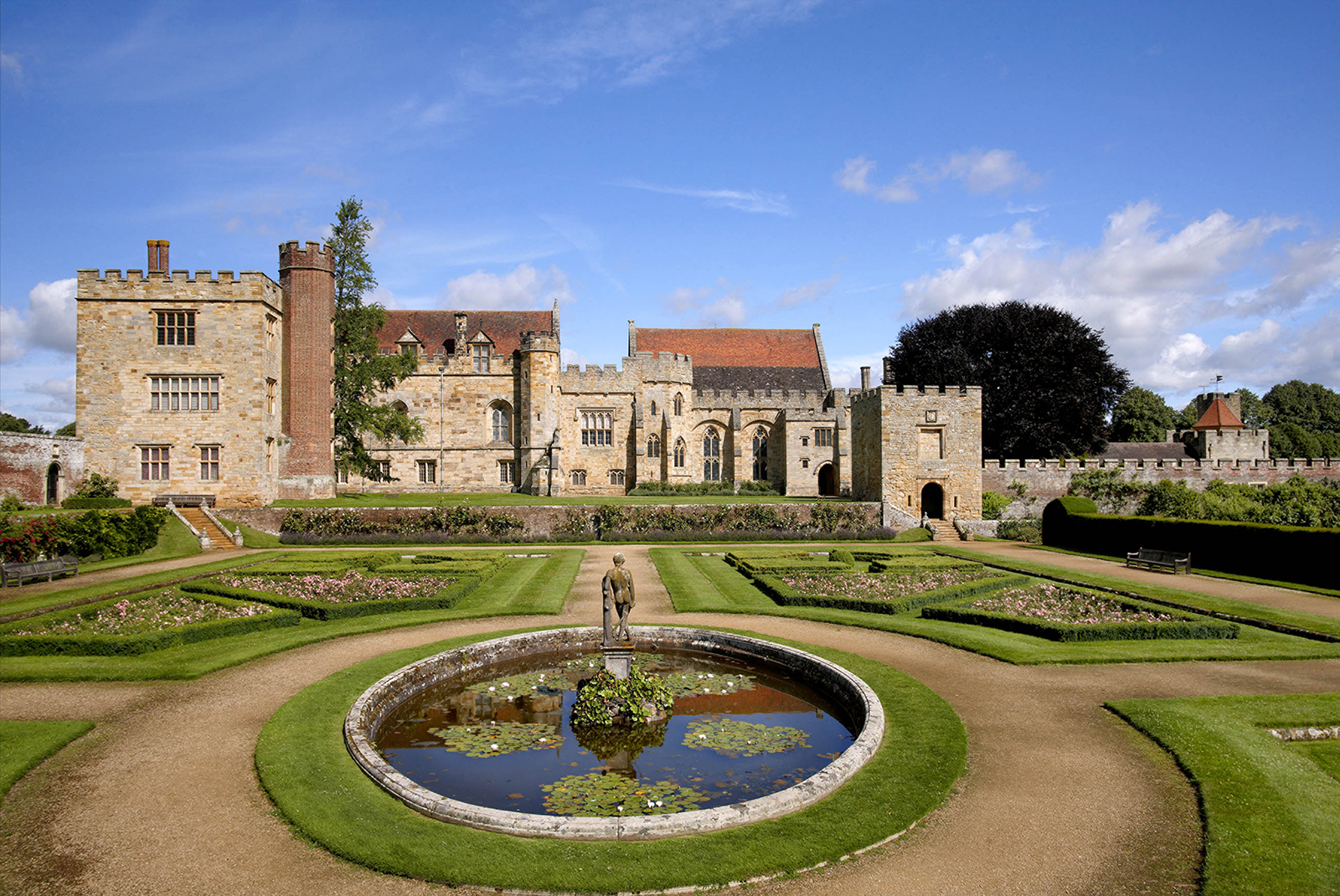
Beyond Tunbridge Wells: The Legacy Continues

Tunbridge Wells’ connection to America doesn’t end there. Lt. Col. John By, buried nearby in Frant, is the man who built the Rideau Canal in Canada, a crucial channel that opened up the North American interior, and even founded Bytown, which is now known as Ottawa!
So, on your next visit to Tunbridge Wells, don’t just come for the spa treatments, beautiful countryside and delicious local food and drink. Explore the town’s hidden history and discover the remarkable figures who helped shape a nation across the Atlantic. Why not book a private curators talk at the Amelia Scott? From the echoes of revolutionary ideals to the stories of founding fathers, Tunbridge Wells offers a unique perspective on the birth and development of the America.



